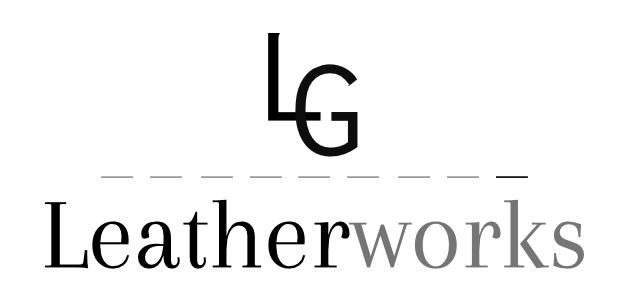Vegetable tanned leather versus chrome tanned leather.
Vegetable tanned leather versus chrome tanned leather
A look into the differences between vegetable tanned leather versus chrome tanned leather Tanning is the process of converting animal skin to leather. There are two different ways that this is done, the first is vegetable tanning and the second chrome tanning. More than 80% of leather produced today is tanned with chromium. This process can be completed in one day therefore fuelling fast fashion. Vegetable tanning takes much longer with the whole process taking up to produce a single hide.
Vegetable tanning leather
For the past thousands of years vegetable tanning has been used to convert skin to leather. This is done by soaking the skin in a solution of water and vegetable tannins. These vegetable tannins would mostly come from trees such as Oak, Chestnut or Mimosa or sometimes from plants. Tannins are molecules that bond with proteins to draw out liquid. As the water is drawn out the tannins take its place, the leather therefore remains flexible. This process is complex and requires skilled craftsmen to complete multiple treatments over the tanning period. There is one remaining oak bark tannery in Britain, this is J&FJ Baker & Co Ltd in Colyton, Devon.
Vegetable tanned leather is used for equestrian goods, belts, wallets, shoes and bags. This leather is the choice of leatherworkers who hand stitch.
- Environmentally friendly and can be recycled
- Requires time and skill from craftsmen
- Has a wonderful smell
- Develops a rich patina over time
- Improves with use
- Has a unique and natural look
- Hard wearing and long lasting

Chrome tanning leather
In 1858 chrome tanning was first developed to speed up the process of tanning. The same principle is applied but the tanning is done using chromium as a tanning agent. This process also uses acidic salts, acids and other chemicals. This way of tanning can have a negative environmental impact and this industry is under pressure to ‘clean up’.
Chromium tanned leather is most commonly used for upholstery, car seats, fashion handbags, shoes, belts and wallets.
- Harmful to the environment
- Mass produced and cheap
- Commonplace
- Looks artificial
- Smells of chemicals
- Wears badly
- Breaks easily

Verdict – vegetable tanned leather versus chrome tanned leather.
While vegetable tanned leather is more expensive to produce it is a sustainable product, doesn’t adversely effect the environment and is recyclable. It is long lasting, hard wearing and increases with suppleness and patina with use. In my opinion vegetable tanned leather is the superior leather and lends itself perfectly to hand stitching making it the only leather I will use for creating my products.
